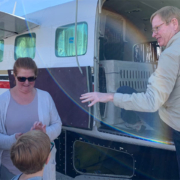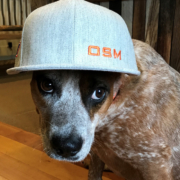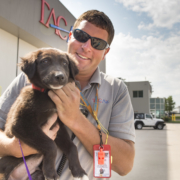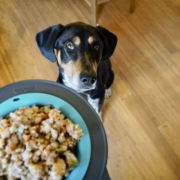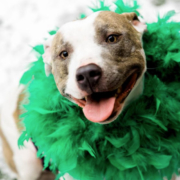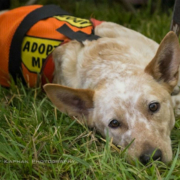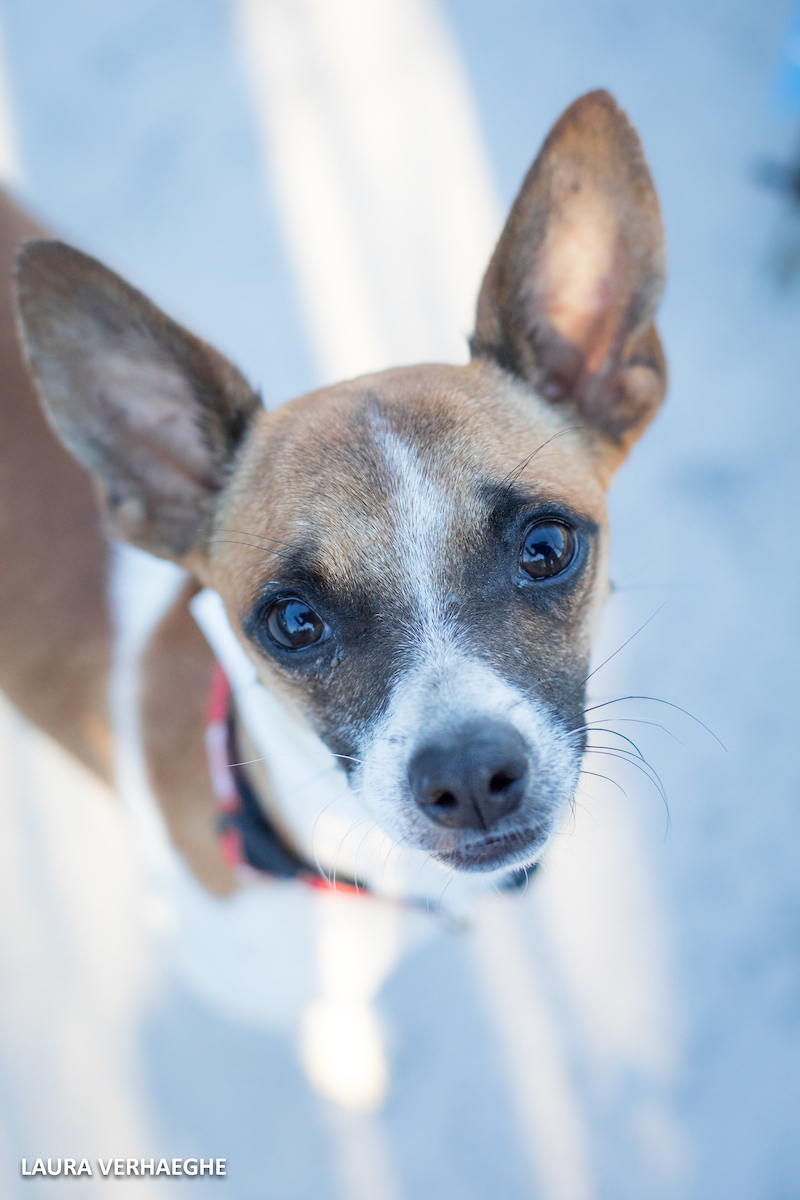Emergency Animal Rescue Flight
In the early morning of Saturday, October 20th a vehicle transporting 47 dogs from overcrowded Texas animal shelters heading to rescue organizations and adopters in Montana and Washington was involved in a car accident on I-25 in Douglas, Wyoming. The transport vehicle was totaled and with mangled cages and terrified dogs attempting to escape the scene in the middle of the night, local agencies managed to secure the dogs and brought them to a temporary staging location. The dogs that were left stranded needed immediate transport, which is when Dog Is My CoPilot stepped in. The following day, after receiving veterinary attention and medical checks the dogs were loaded on the ‘Big Dog’, DIMC’s Cessna 208B Grand Caravan and the furry passenger were airborne with Pilot Peter!
Check out this heartwarming story:
“When we were contacted to help transport the dogs stranded in Douglas, Wyoming we just couldn’t say ‘No’. So I jumped in the plane at 5:30am and flew to Douglas Wyoming and picked up the dogs. We dropped off a few passengers in Missoula, Montana and the remaining in Wenatchee, Washington. The dogs still have the golden ticket; they made it out of Texas,” said Founder and Chief Pilot, Dr. Peter Rork.
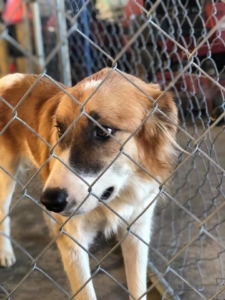
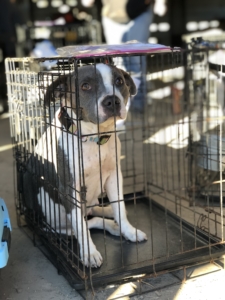
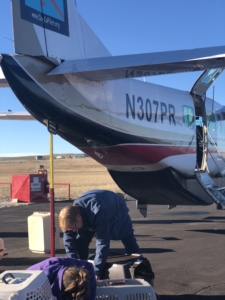
In just a few short hours from departure in Douglas, Wyoming the ‘Big Dog’ landed at its first of two stops in Missoula, Montana. Adopters eagerly waited on the tarmac to greet the plane full of furry passengers. Six of the dogs were unloaded and with great big tail wags the dogs greeted their new owners.
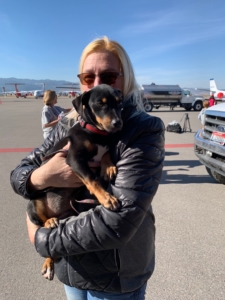
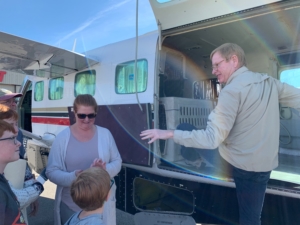

After the traumatic experience that the dogs had endured over the past 48hours, this was a special moment to be part of! The Big Dog then flew to Wenatache Washington where the amazing staff and volunteers from Seattle Humane Society picked up the remaining dogs.
On the ground adopters met their new family members at Seattle Humane. The rest of the passengers will be available for adoption at Seattle Humane and PAWS. So many agencies and volunteers from around the country came together at a moments notice.
We, at Dog Is My CoPilot, were only two of dozens who rose for the occasion of this rescue emergency. Some have told us that we must have “capes”. No, we do not have capes, but we do have wings. Please be sure to follow along on our Facebook and Instagram pages to see updates on many of the dogs that have already been adopted!
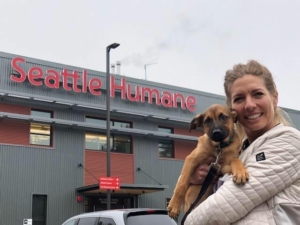
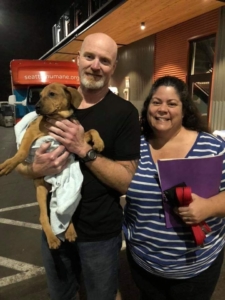
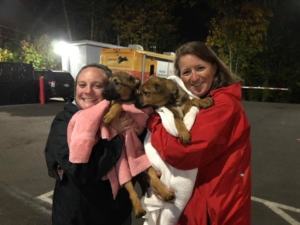
We can’t complete emergency rescue flights without your support. Every gift makes a difference…for every $50 donated, we’re able to transport and save the life of another dog or cat at risk of being euthanized. You can make a LIFE SAVING donation HERE.
THANK YOU!

